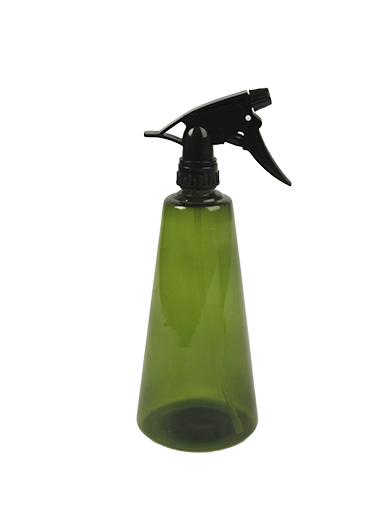It Is A Professional Sprayer Manufacturer Integrating Research, Design And Development.
+86-15824002009 Contact UsAir pressure sprayers are tools that use manual or electric pressure to spray liquids in an atomized form through a nozzle. They are widely used in agriculture, gardening, cleaning, industrial painting, and other fields. Their ease of operation, uniform spraying, and fluid conservation have made them essential tools for a wide range of daily operations.

I. Working Principle and Basic Structure
An air pressure sprayer primarily consists of the following components:
Liquid reservoir: This holds liquids such as water, pesticides, and detergents and is typically made of plastic, stainless steel, or a polymer composite material.
Pressure device: A manual or electric pump creates air pressure inside the tank, pushing the liquid out of the nozzle.
Spray boom and nozzle: The boom directs the liquid toward the nozzle, creating atomized spray. The nozzle allows for adjustable spray angle and particle size.
Safety valve and pressure gauge (on some models): These control the pressure range and prevent overpressure.
Its core operating principle is to use pressure to create positive pressure within the liquid reservoir, which propels the liquid toward the nozzle and out, achieving efficient atomized spraying.
II. Common Types and Features
1. Manual Air Pressure Sprayer
Ideals include home gardening, balcony planting, and small-area cleaning.
Advantages include simple structure, affordability, and portability.
A single pressurization can last for several minutes, making it suitable for short-term operations.
2. Electric Air Pressure Sprayer
Commonly used for medium-duty applications such as agricultural spraying and public health disinfection.
Equipped with a battery and motor, it eliminates the need for manual pressure application and improves efficiency.
It provides a uniform spray force and is suitable for long-term continuous operation.
3. Knapsack High-Pressure Sprayer
Featuring a larger capacity and higher spray pressure, it is commonly used for spraying large areas such as orchards and farmland.
The ergonomic design makes it easy to carry on the back and often features a multi-position adjustable boom.
III. Main Applications
Agriculture and Horticulture: Used for spraying pesticides, fertilizers, herbicides, etc., effectively controlling pests and diseases and promoting plant growth.
Cleaning and Disinfection: Used for spraying indoor and outdoor cleaning agents and disinfecting public places such as hospitals, schools, and train stations.
Industrial Use: Used for spraying rust inhibitors, lubricants, or cleaning fluids, suitable for workshop equipment maintenance or surface treatment.
Home and Commercial Use: Suitable for glass cleaning, car care, and flower care.
IV. Purchasing Recommendations and Maintenance Tips
When choosing a pressure sprayer, consider the following factors based on your actual needs:
Capacity: For home use, we recommend a 15-liter model, which is compact and lightweight. For agricultural or commercial use, choose a medium- to large-sized model with a capacity of 820 liters or more.
Nozzle Adjustability: A high-quality sprayer should have an adjustable nozzle, allowing you to adjust the atomization range and angle according to different application needs.
Material Durability: The reservoir should be corrosion-resistant and leak-proof, and the pump structure should be sturdy and pressure-resistant.
Ease of cleaning: Nozzle clogging is a common problem, so choose a product with a removable structure that's easy to clean for longer-lasting use.
In addition, it's recommended to clean the nozzle and tubing after each use to prevent residual liquid from clogging or corroding the equipment. When not in use for extended periods, the fluid reservoir should be drained and kept dry.
Air pressure sprayers, with their efficiency, flexibility, and cost-effectiveness, play an irreplaceable role in a variety of daily and professional applications. Choosing the right type and specification, and maintaining proper routine maintenance, can not only extend the life of the equipment but also significantly improve work efficiency and safety.
We will provide you with the latest product
information as soon as possible
